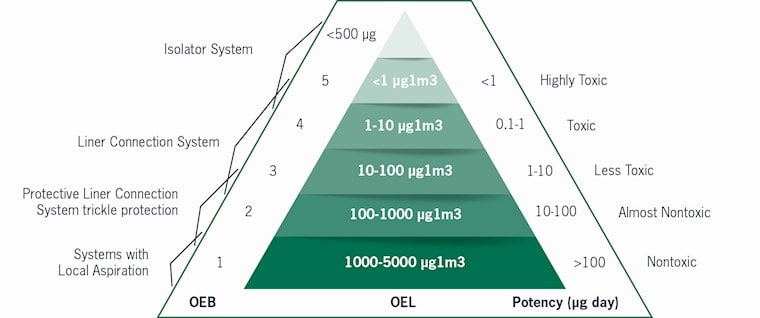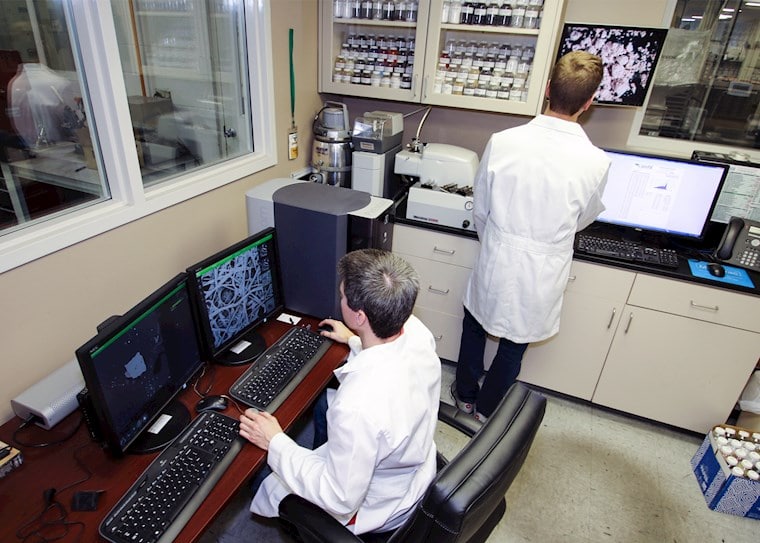To mitigate exposure and explosion risks in pharmaceutical workspaces, you have to fully understand the application and the processed ingredients. Dust testing and a hazard analysis will provide more specific information about particle size and explosive properties of your dust and thereby to determine the right extraction solution for your needs.
To determine the methods for proper dust control in pharmaceutical workplaces, you have to understand the toxicological properties of the materials, to review the Occupational Exposure Limits (OEL) and to perform a risk-based exposure evaluation.
The questions that need answering when analysing the potential risks associated with dusts generated in the workplace include the following:
Health and Safety legislation varies in different countries but it is typically a legal requirement & responsibility for an employer to carry out risk and hazard analysis in the work place including the dust and fume generated during the processes.

Lab tests on dust samples and simulation of specific challenges help you understand the characteristics of the material you are dealing with, so that you can make informed decisions on equipment, filter cartridges and engineered controls to mitigate dust hazards. There are two types of dust testing:
Camfil has global laboratories to help clients analyse their dust safely in order to determine the optimum safe, cost effective dust extraction solution.

